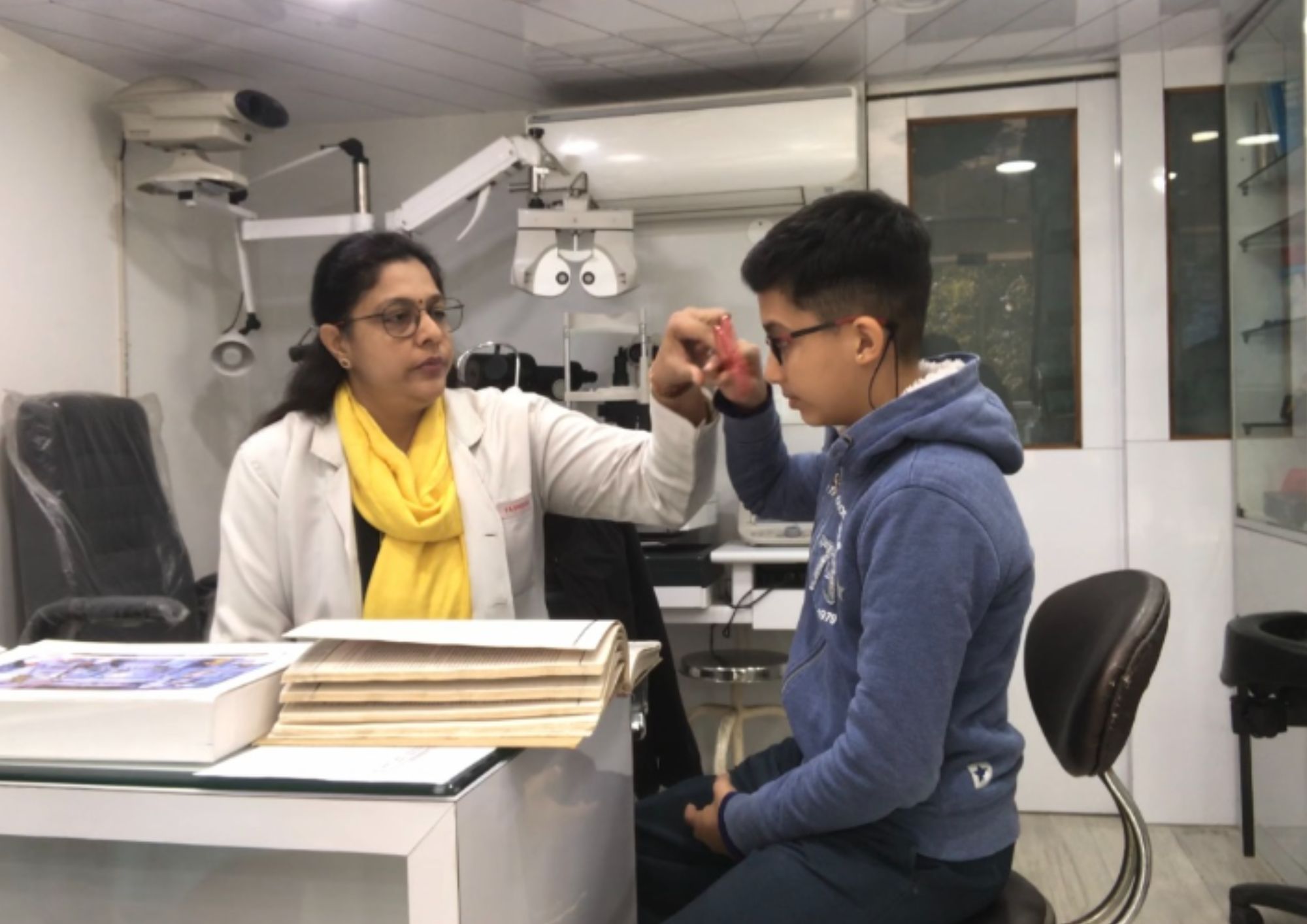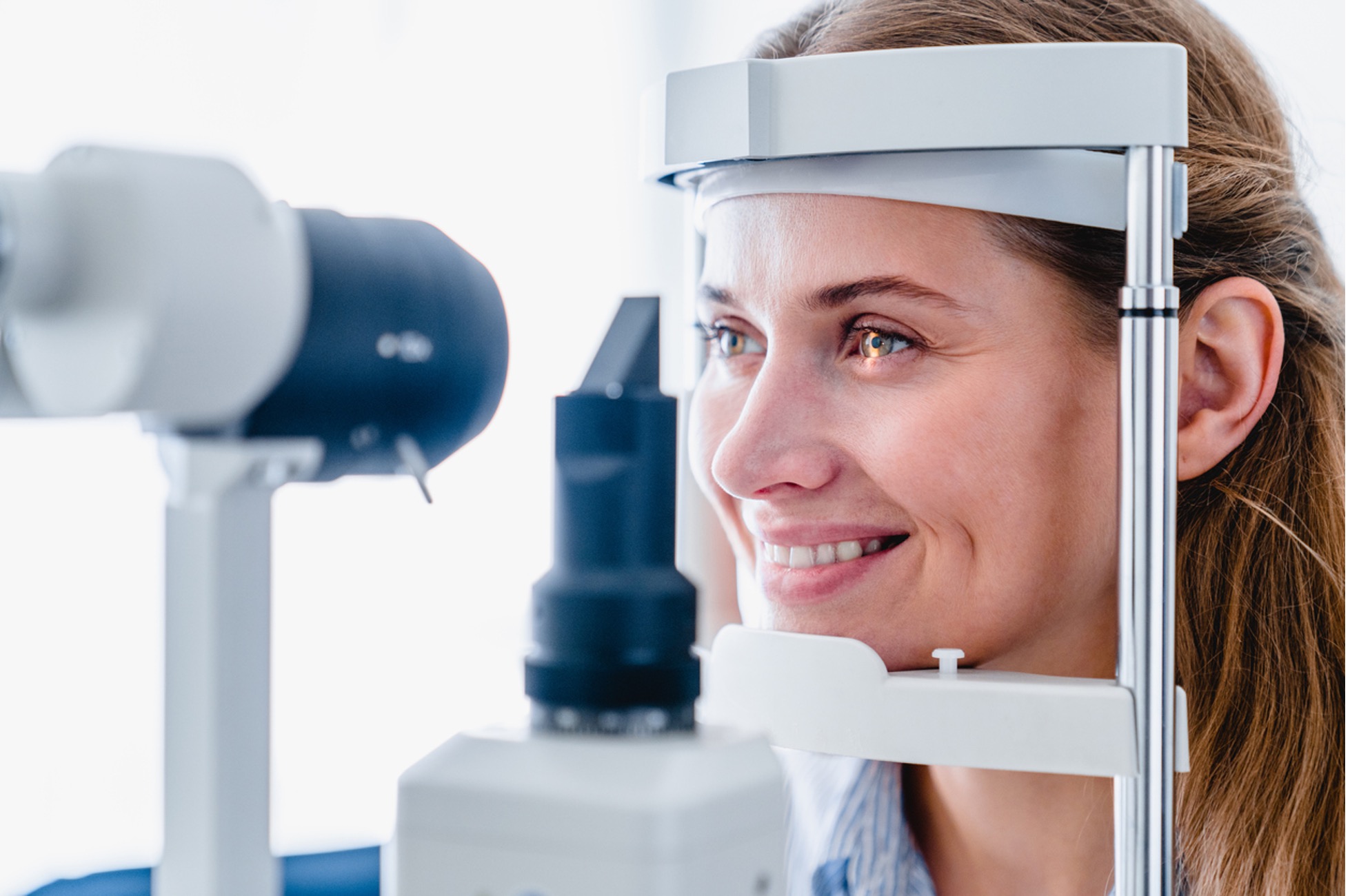Specialized Retina Service Near Me: Top-Notch Eye Care Professionals
Specialized Retina Service Near Me: Top-Notch Eye Care Professionals
Blog Article
The Role of Advanced Diagnostic Tools in Identifying Eye Disorders
In the world of ophthalmology, the application of innovative diagnostic tools has transformed the very early recognition and monitoring of numerous eye problems. From spotting subtle modifications in the optic nerve to checking the development of retinal conditions, these modern technologies play a pivotal role in enhancing the accuracy and efficiency of diagnosing eye problems. As the need for specific and prompt medical diagnoses remains to grow, the integration of advanced tools like optical coherence tomography and visual area screening has ended up being important in the realm of eye care. The intricate interaction in between innovation and ophthalmic practices not just drops light on complex pathologies but also opens up doors to customized treatment strategies.
Importance of Very Early Diagnosis
Very early diagnosis plays a crucial role in the reliable monitoring and treatment of eye problems. Timely recognition of eye conditions is vital as it enables timely intervention, potentially protecting against additional development of the disease and lessening long-term issues. By detecting eye conditions at an onset, medical care carriers can supply suitable therapy strategies tailored to the details condition, eventually bring about better results for individuals. Moreover, early diagnosis makes it possible for patients to access needed assistance solutions and sources sooner, improving their general quality of life.

Technology for Detecting Glaucoma
Cutting-edge analysis innovations play an essential role in the very early detection and monitoring of glaucoma, a leading root cause of permanent blindness worldwide. One such modern technology is optical coherence tomography (OCT), which provides thorough cross-sectional photos of the retina, permitting the dimension of retinal nerve fiber layer thickness. This dimension is vital in assessing damages caused by glaucoma. An additional sophisticated device is visual area testing, which maps the level of sensitivity of a client's aesthetic field, assisting to spot any kind of areas of vision loss feature of glaucoma. Additionally, tonometry is made use of to measure intraocular stress, a significant danger variable for glaucoma. This test is critical as elevated intraocular pressure can bring about optic nerve damage. More recent technologies like the use of man-made knowledge formulas in analyzing imaging data are revealing encouraging outcomes in the very early detection of glaucoma. These advanced analysis tools make it possible for ophthalmologists to identify glaucoma in its onset, permitting prompt treatment and better management official site of the illness to stop vision loss.
Role of Optical Comprehensibility Tomography

OCT's capability to measure retinal nerve fiber layer density enables for exact and unbiased dimensions, assisting in the very early discovery of glaucoma also prior to visual field problems end up being evident. Generally, OCT plays a critical duty in boosting the analysis precision and administration of glaucoma, eventually contributing to better outcomes for people at threat of vision loss.
Enhancing Medical Diagnosis With Visual Field Testing
A vital element in extensive ophthalmic evaluations, aesthetic area screening plays a critical role in enhancing the analysis process for various eye disorders. By analyzing the complete extent of a patient's visual area, this examination offers essential information concerning the useful stability of the whole visual path, from the retina to the aesthetic cortex.
Aesthetic area testing is specifically valuable in the diagnosis and management of problems such as glaucoma, optic nerve conditions, and numerous neurological illness that can affect vision. Through measurable measurements of outer and central vision, clinicians can spot subtle modifications that may show the existence or progression of these disorders, also prior to visible symptoms take place.
Additionally, aesthetic field screening allows for the tracking of therapy efficacy, aiding ophthalmologists tailor healing interventions to private people. eyecare near me. By tracking changes in aesthetic area performance gradually, doctor can make enlightened decisions regarding readjusting drugs, recommending surgical treatments, or applying other suitable procedures to maintain or improve a client's visual feature
Taking Care Of Macular Deterioration

Final Thought
To conclude, progressed diagnostic devices play an essential duty in identifying eye conditions early on. Technologies Source such as Optical Comprehensibility Tomography and aesthetic field screening have actually considerably boosted the accuracy and effectiveness of diagnosing conditions like glaucoma and macular deterioration. Early discovery permits prompt intervention and administration of these problems, ultimately causing far better outcomes for individuals. It is vital for medical care professionals to stay updated on these improvements to provide the best possible look after their people. eyecare near me.
Report this page